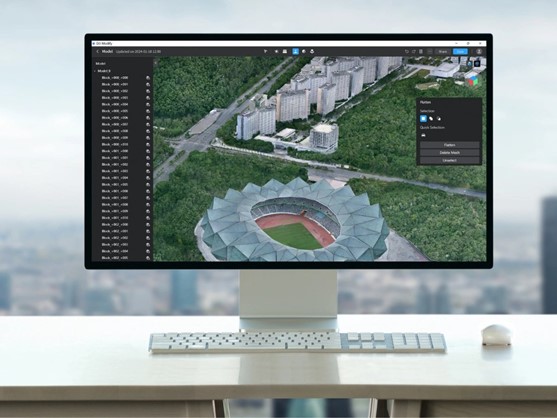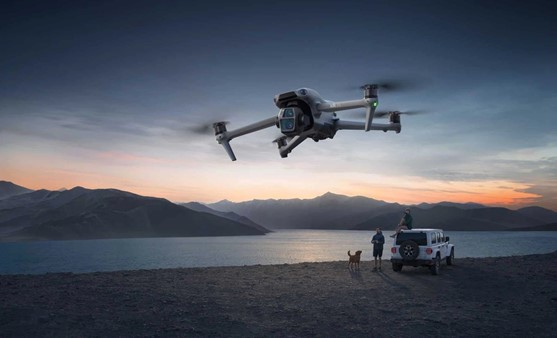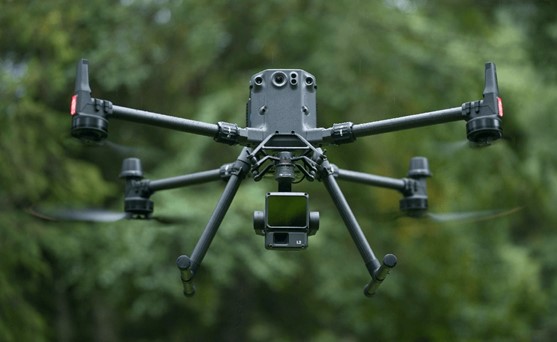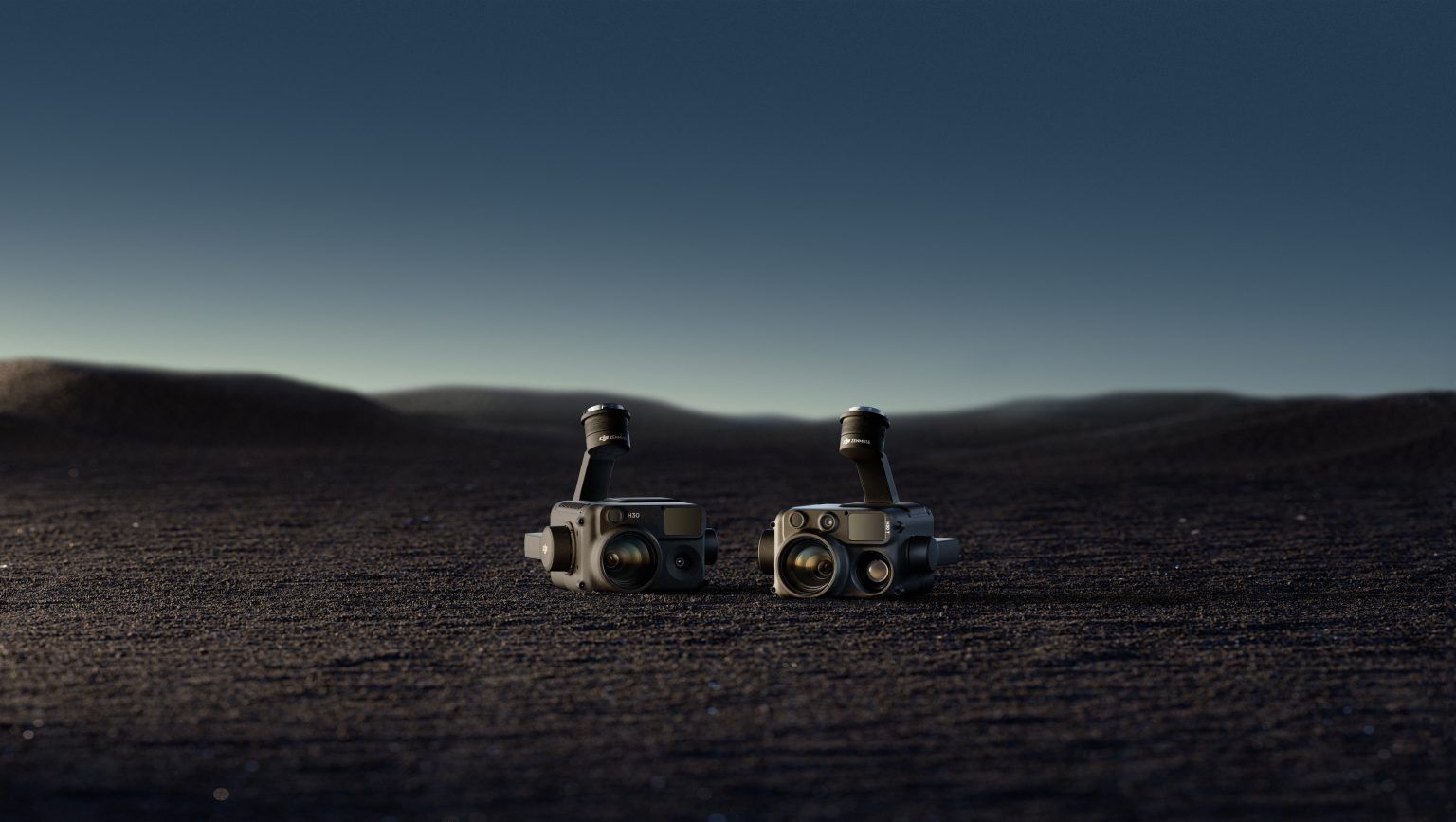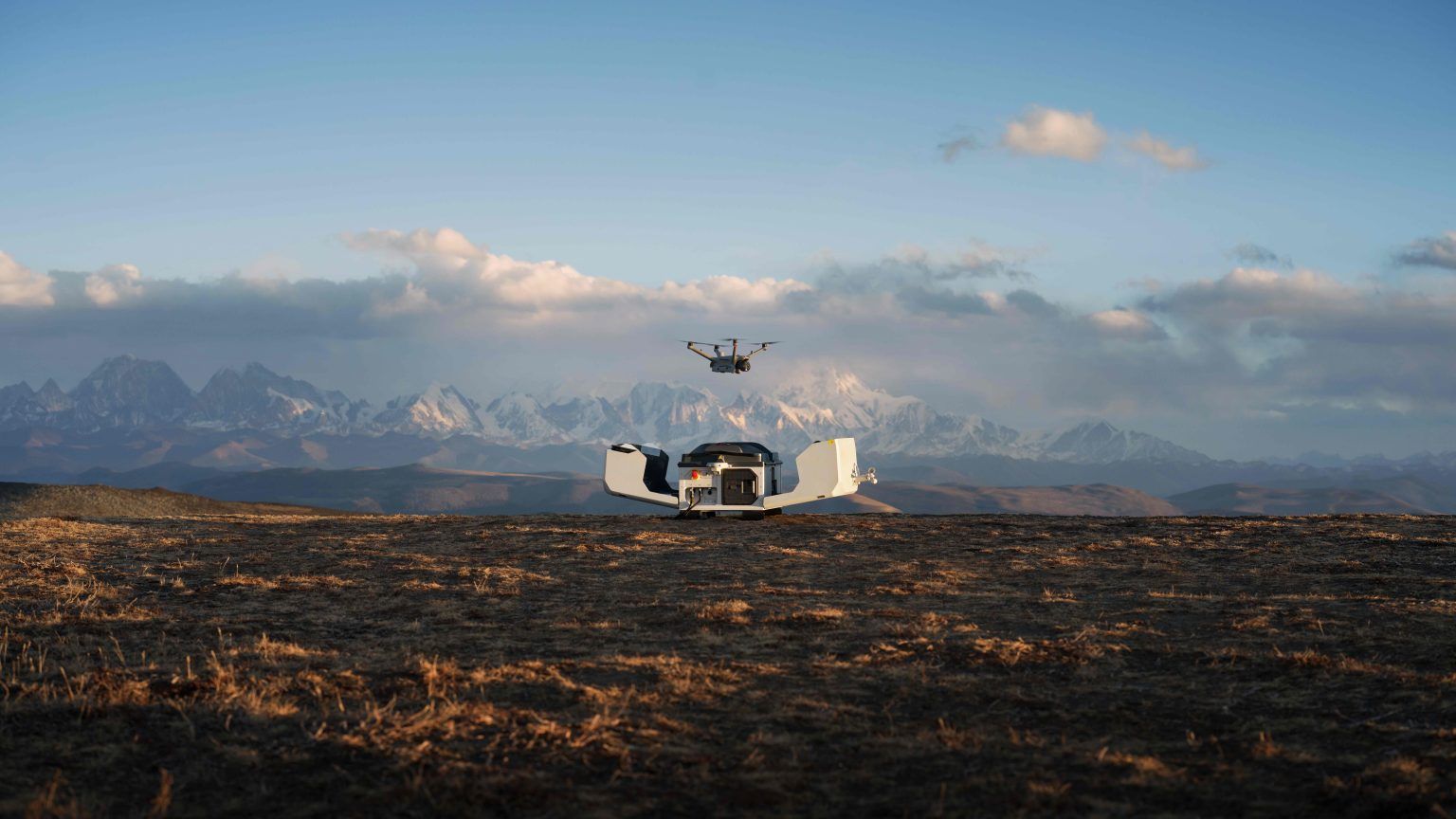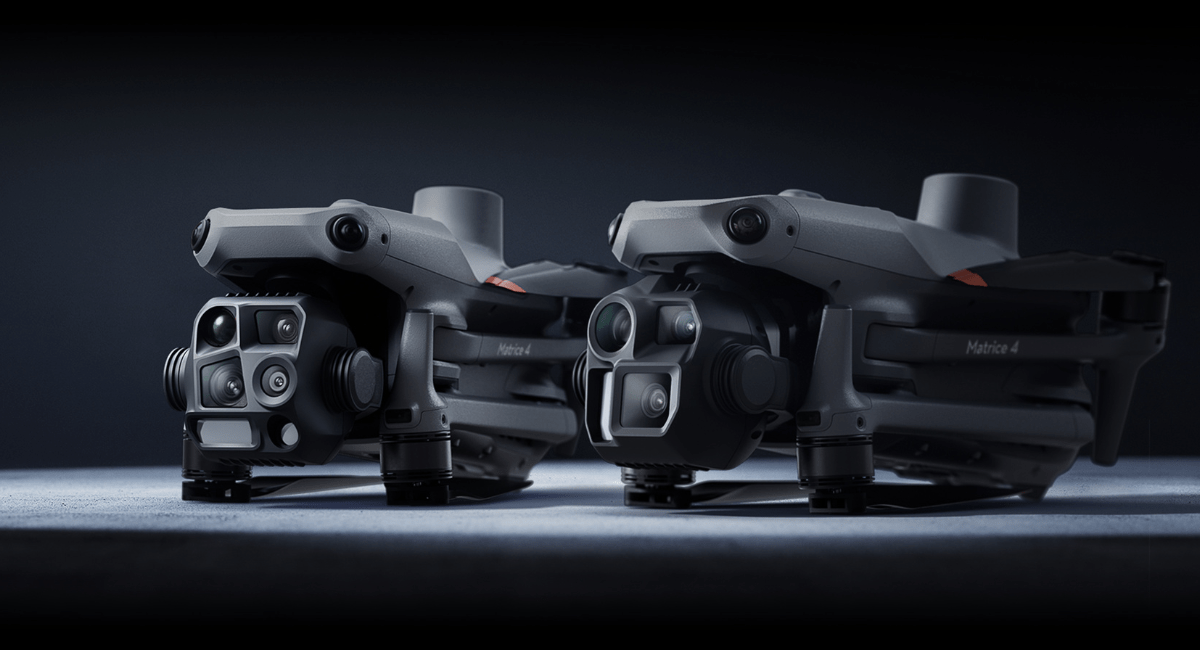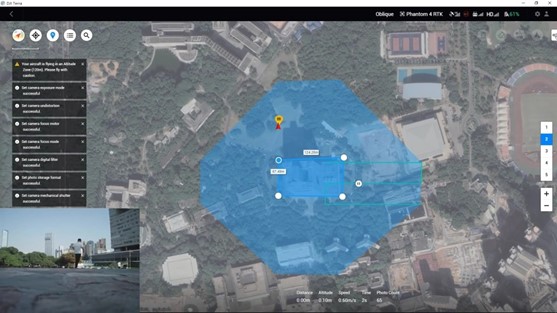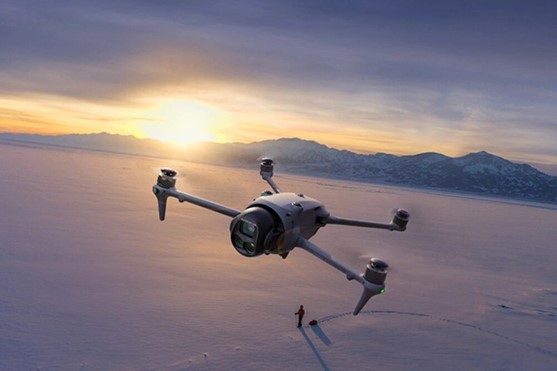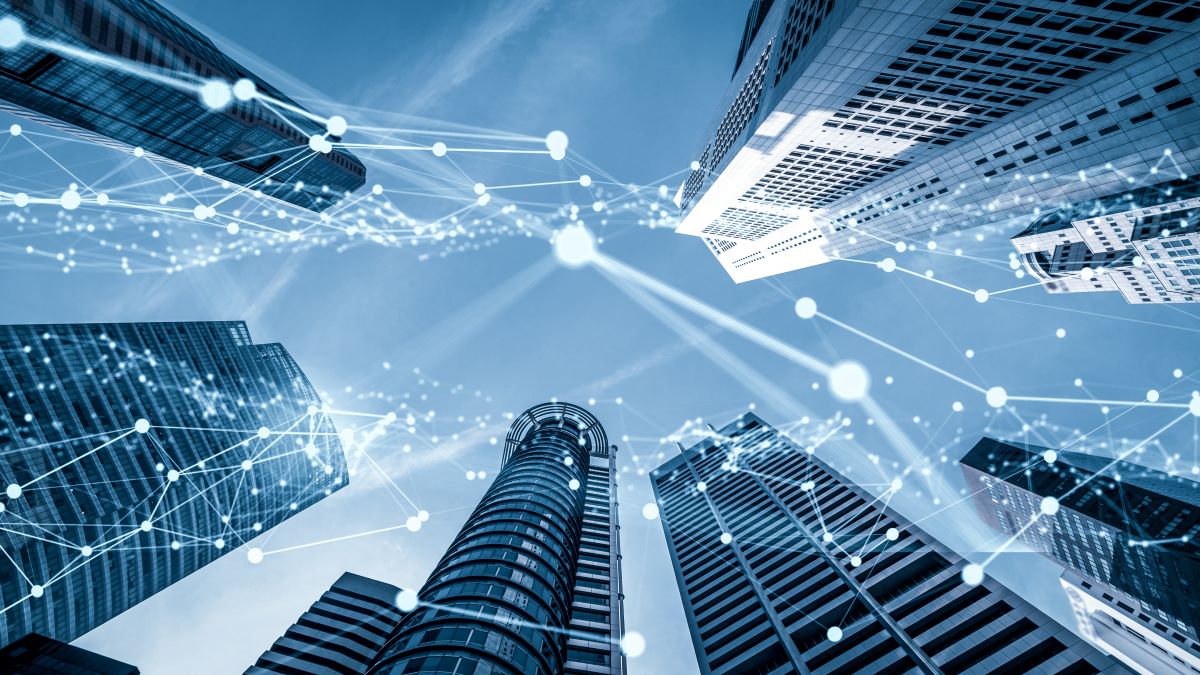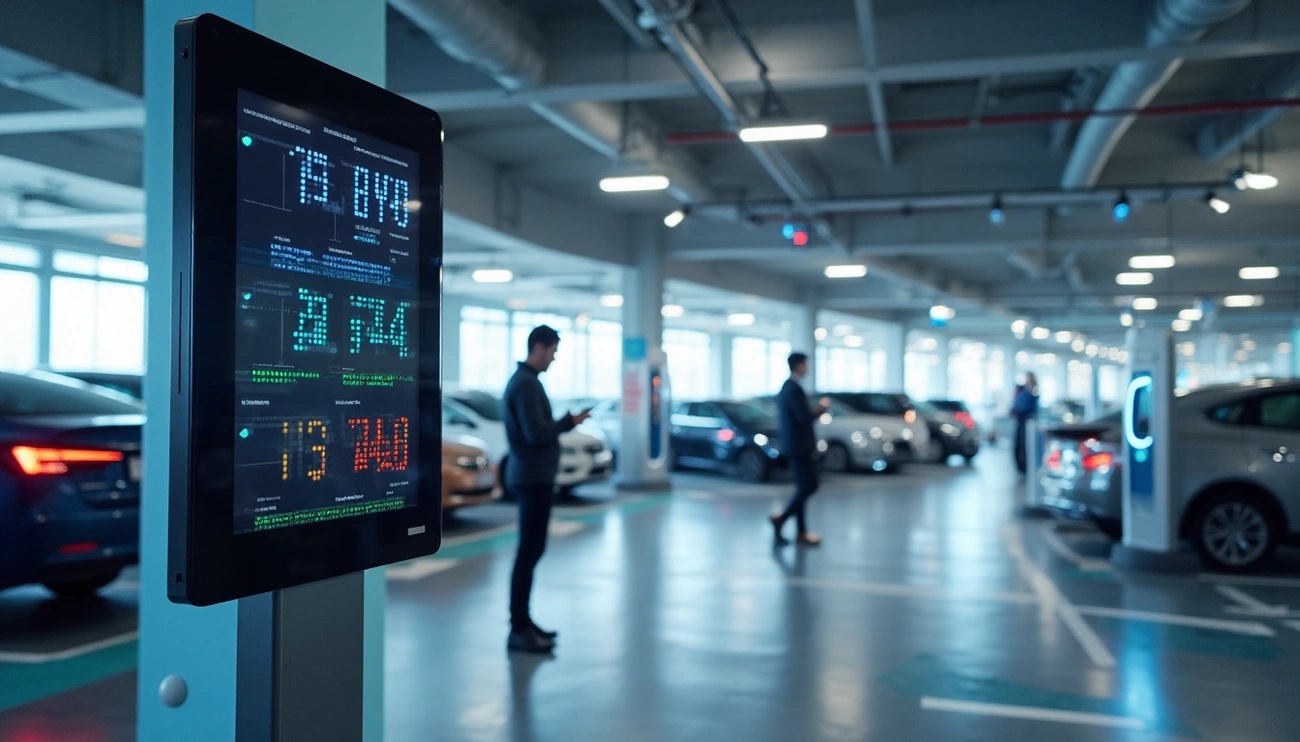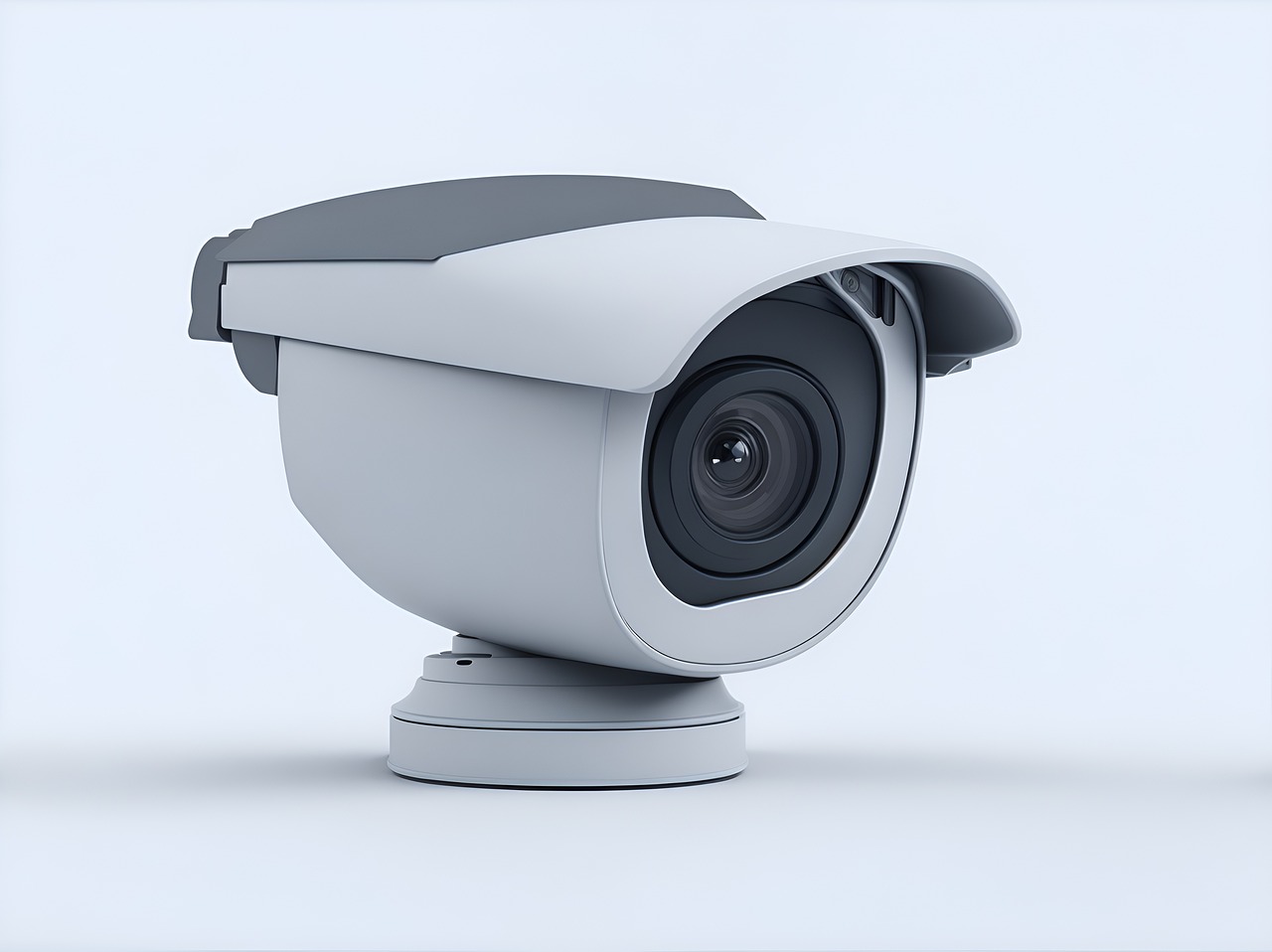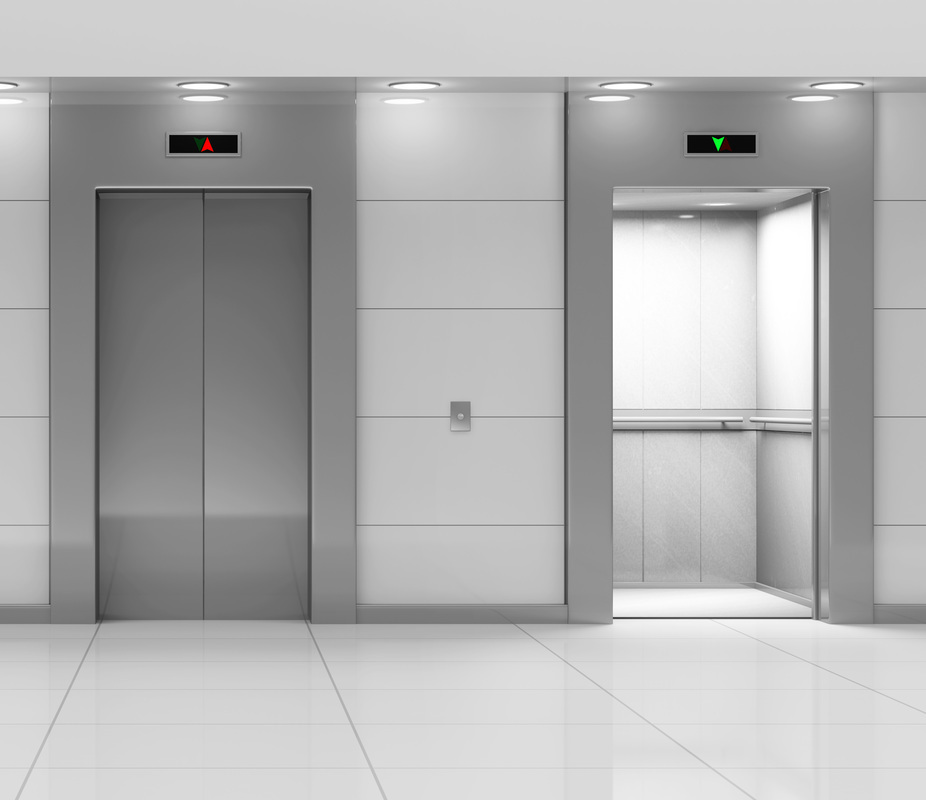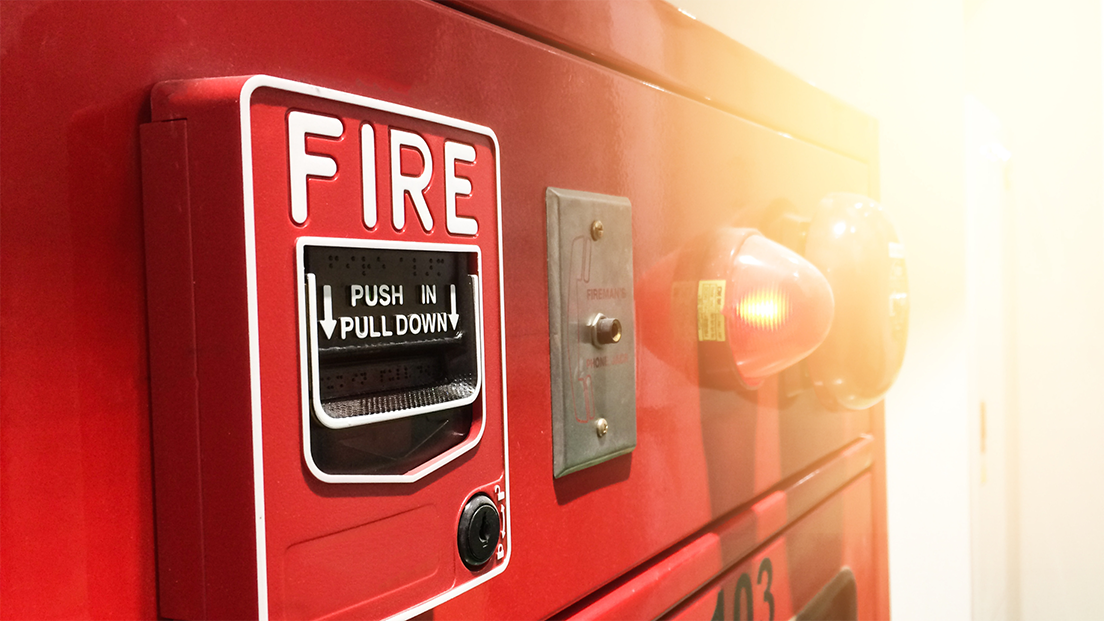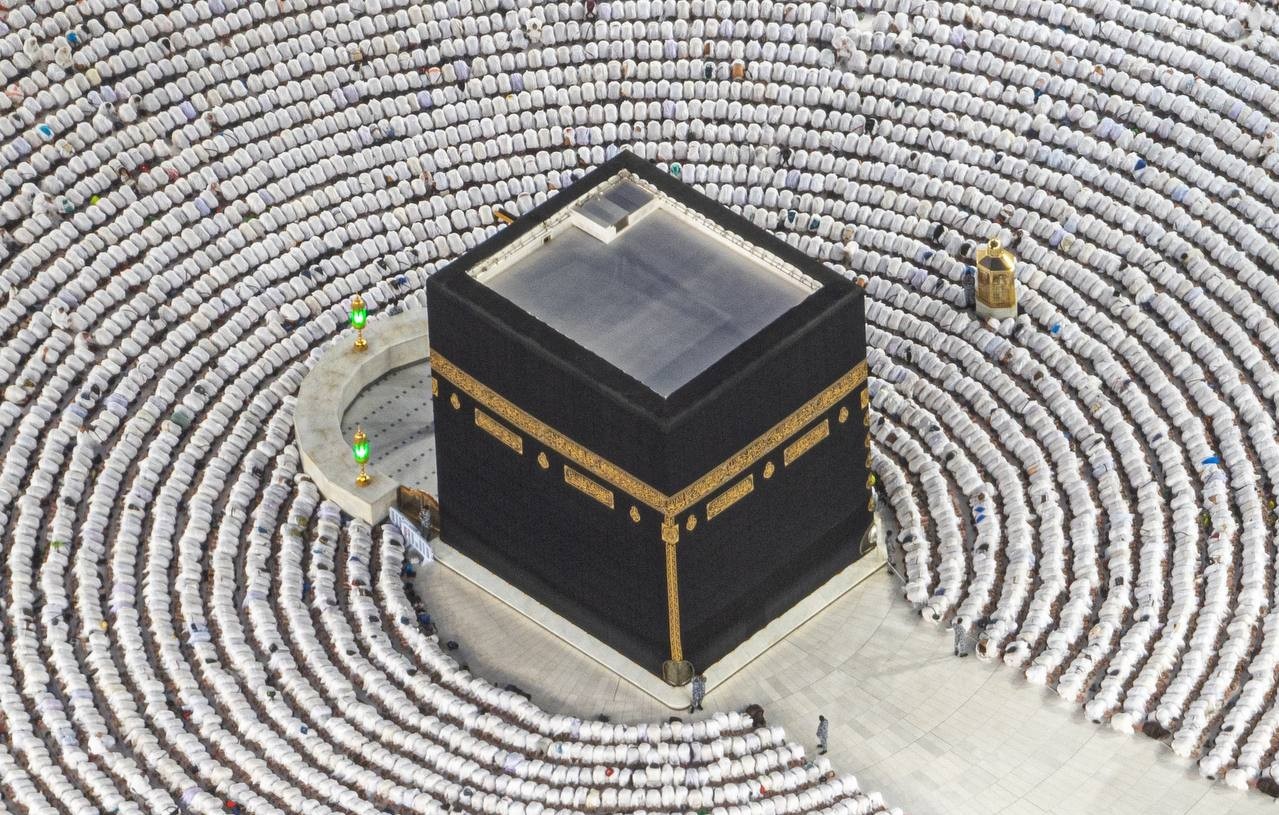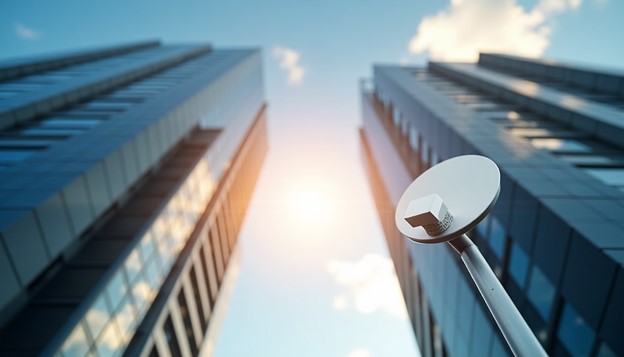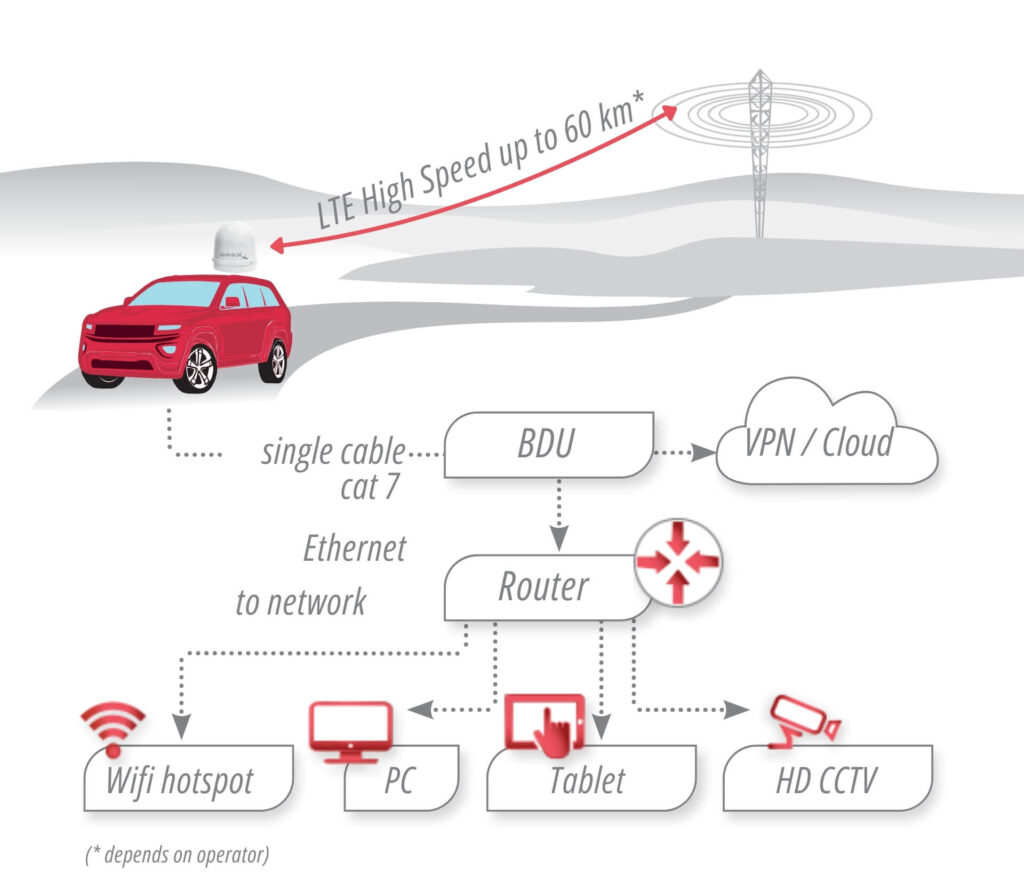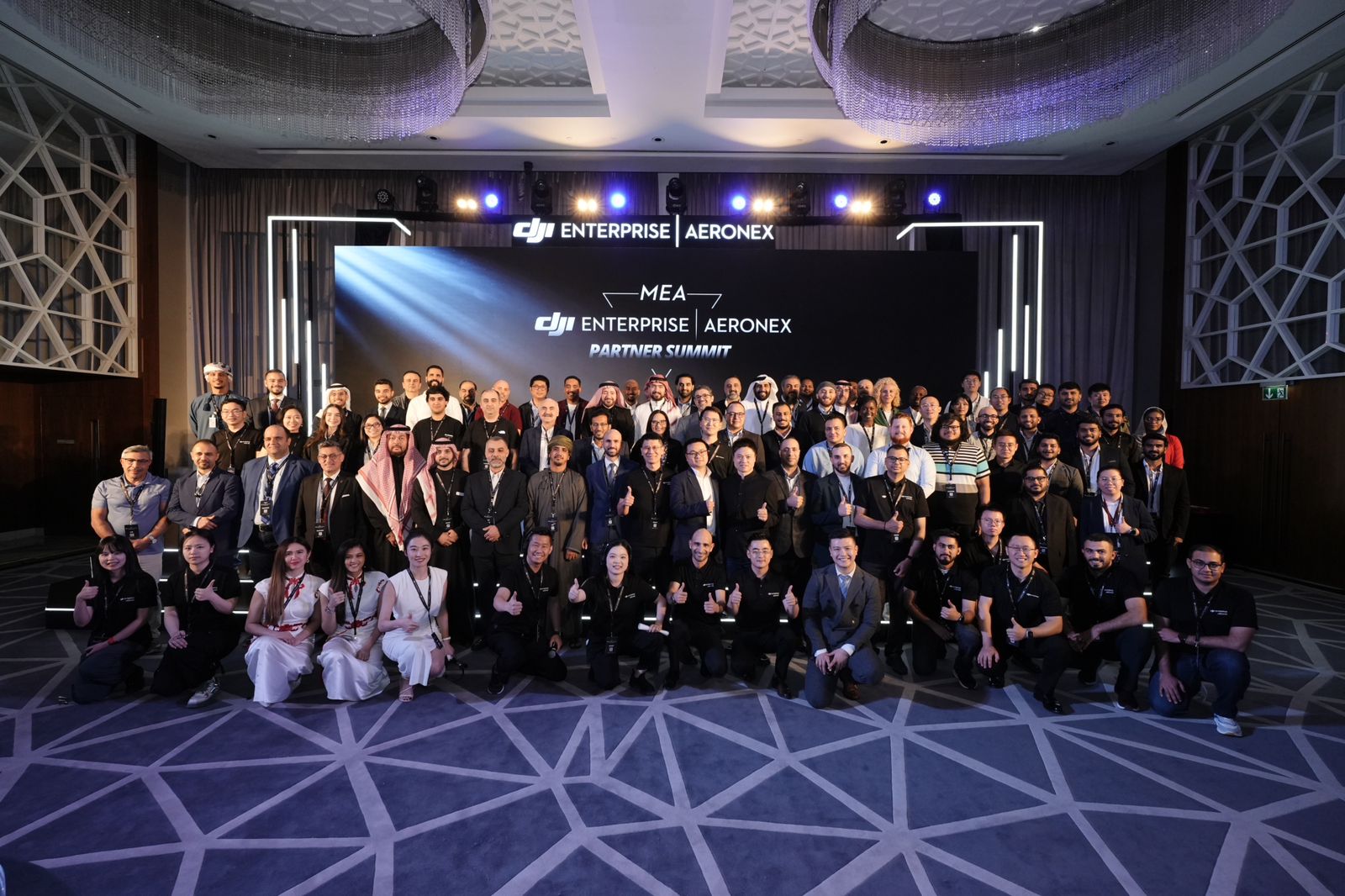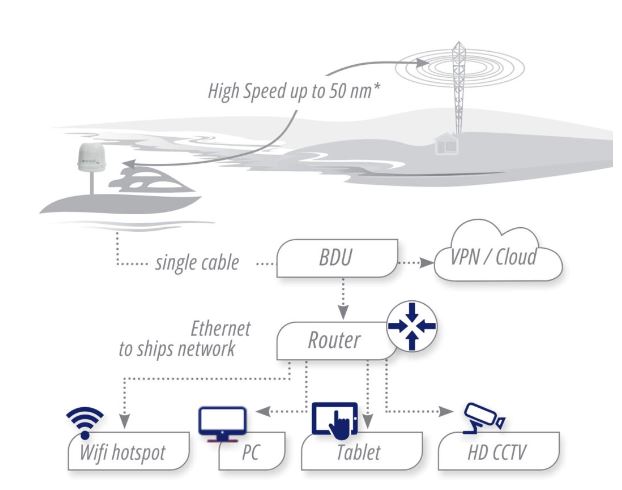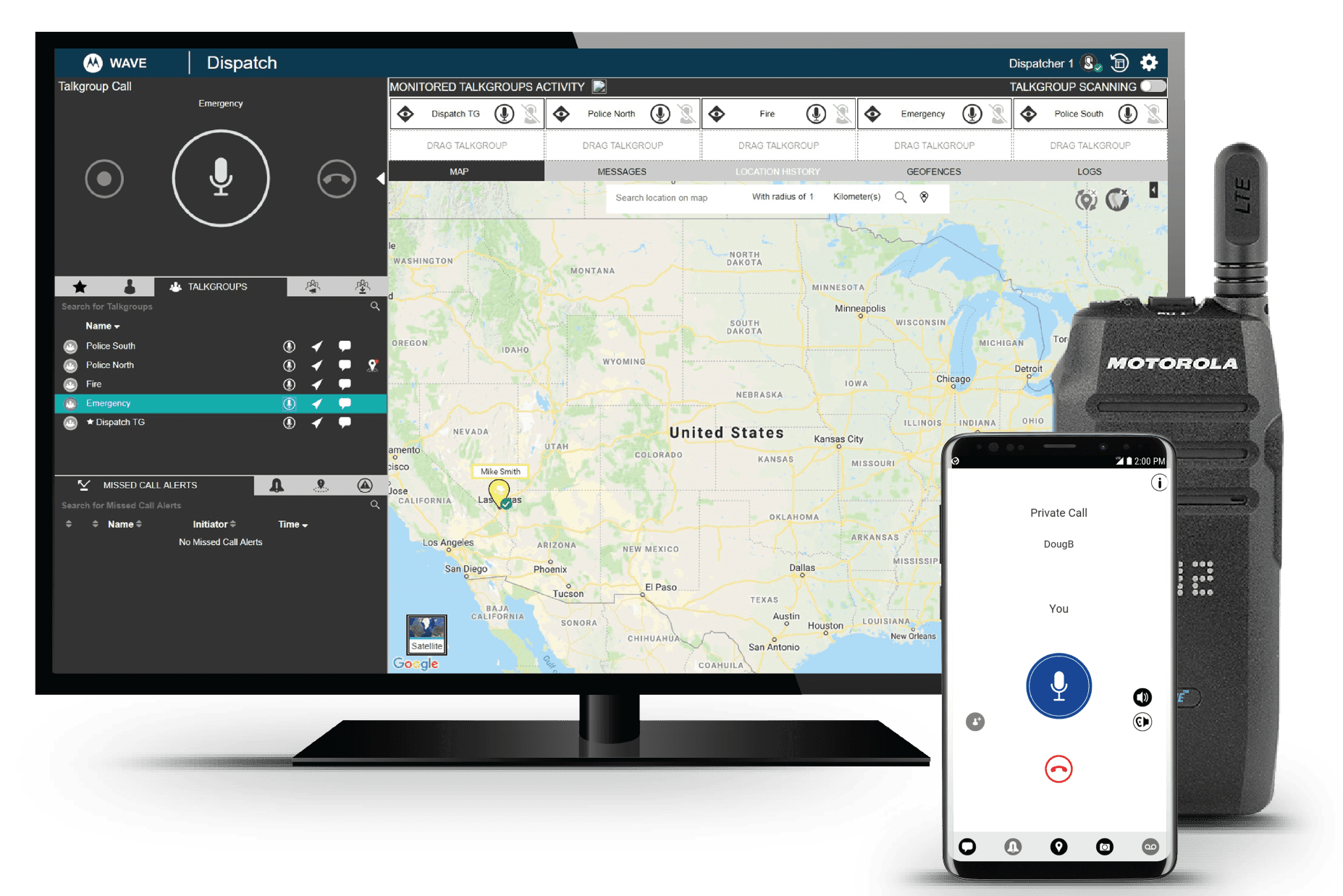DJI Modify functions tutorial enthusiasts are discovering how this powerful software is revolutionizing 3D model editing for drone professionals. DJI, long recognized for its industry-leading drone technology especially in the commercial sector with DJI Enterprise, has created a solution that addresses common challenges in digital model editing.
Furthermore, DJI Modify excels in repairing drone-captured 3D models by effectively addressing issues like floating parts, water surface anomalies, mesh irregularities, and texture problems. The software boasts a streamlined and intuitive interface that significantly simplifies the digital model editing process. Additionally, users can explore various DJI functions that help clean, classify, and refine 3D models with remarkable ease. Unlike traditional DJI manual mode operations, Modify’s intelligent system automatically identifies and extracts various elements from point clouds, including ground surfaces, vegetation, buildings, power lines, and even vehicles. This comprehensive tool is specifically designed to meet diverse operational needs across multiple industries, including surveying, urban planning, firefighting, and emergency response.
Seamless Integration with DJI Terra for One-Click Editing
The partnership between DJI Terra and DJI Modify creates a powerful end-to-end solution for professionals working with drone-captured data. Once a 3D model is reconstructed in DJI Terra, users can launch DJI Modify directly from the interface with a single click. This integration eliminates the traditional workflow barriers between modeling and editing software.
When setting up a project in DJI Terra, enabling the “Work with DJI Modify” option is crucial. This setting automatically generates specialized files for model editing, including pre-identified objects and pre-processed model elements. Consequently, historical projects can be quickly reconstructed to generate new models without repeating the entire reconstruction process.
It’s worth noting that DJI Modify currently only supports visible light 3D models reconstructed with DJI Terra V4.0.0 or higher. For optimal editing results, experts recommend customizing the block size under Terra’s advanced settings with sides smaller than 300×300 m.
This streamlined interaction offers practical benefits beyond mere convenience. The system handles fast import and export of model files and supports batch editing of multiple models, substantially reducing the editing workload. Essentially, while Terra focuses on data generation, Modify handles post-processing without requiring advanced editing skills or third-party software.
Be aware that deleting a project in DJI Terra will permanently remove it from DJI Modify as well.
Hidden Editing Tools That Save Hours of Work
Beyond basic editing capabilities, DJI Modify offers specialized tools that significantly reduce model refinement time. Expert users particularly value the Floating Parts Removal feature with its multiple selection methods—enabling both mass selection through mouse-framing and precise individual part selection. After selection, users can delete floating parts with a single click using either the interface button or keyboard shortcuts.
The Flattening tool excels at transforming irregular surfaces into flat areas. Notably, it includes automatic vehicle detection—clicking the Vehicle button immediately identifies and selects vehicles in the current view, allowing one-click flattening of all vehicle meshes with automatic texture smoothing.
For texture imperfections, DJI Modify provides Texture Repair tools with two powerful modes. The Erase mode matches selected areas with surrounding patterns for authentic repairs, whereas the Clone mode allows copying patterns from one area to another with seamless edge blending.
Moreover, the Hole Fill function automatically identifies and highlights holes in models. Users can quickly repair selected holes with one click, with DJI Modify automatically restoring hole textures for excellent blending results.
The Water Surface Repair tool permits drawing custom water surfaces by clicking, with flexible adjustment of range, height, shape, and position. During drawing, the software intelligently fills surfaces with texture patterns or custom colors in real-time.
Cloud Sharing and Format Export You Might Have Missed
Efficient file sharing stands out as one of DJI Modify’s most valuable yet overlooked capabilities. After completing model edits, users can upload projects to cloud servers with precisely defined access permissions and validity periods. Initially, DJI provided 20GB of cloud storage space by default, albeit recently upgraded to 60GB with links now valid for 90 days.
DJI Modify excels in format versatility, supporting numerous export options for both mesh models and point clouds:
- Mesh models: B3DM, OSGB, PLY, OBJ, S3MB, and I3S formats
- Point clouds: LAS 1.2, LAS 1.4, PNTS, PLY, PCD, and S3MB formats
In fact, upon clicking export, the software automatically prepares files in multiple formats simultaneously.
Regarding data security, DJI maintains separate storage infrastructure—models from mainland China remain on Chinese servers, whereas data from other regions resides on US servers. Certainly worth noting, coordinate information gets automatically removed before cloud uploading to protect sensitive location data.
The cloud sharing functionality eliminates the need for recipients to install specialized software—stakeholders can view models directly through web browsers on computers or mobile devices. Nevertheless, users should know that cloud sharing presently requires a permanent internet connection and storage expansion options are unavailable.
Conclusion
DJI Modify stands as a game-changing solution for professionals working with drone-captured 3D models. The software effectively bridges the gap between data collection and model refinement through its seamless integration with DJI Terra. Professionals from surveying, urban planning, firefighting, and emergency response fields can therefore complete complex editing tasks with unprecedented ease and precision.
The hidden tools discussed above significantly reduce editing time while maintaining exceptional quality. From floating parts removal to texture repair, these features address common challenges that previously required hours of manual work. Additionally, the intelligent vehicle detection and water surface repair tools demonstrate DJI’s commitment to solving industry-specific modeling problems.
Cloud sharing capabilities and versatile export options further enhance the software’s practical value. Users consequently enjoy streamlined collaboration without requiring recipients to install specialized software. The thoughtful security features, including separate storage infrastructure and automatic removal of sensitive coordinate information, protect valuable data while maintaining accessibility.
Professionals seeking to maximize their drone technology investment should check the latest news about DJI Drones at Abdulrahman Alshareef Group, where updates about DJI Modify and other innovations are regularly shared. Ultimately, DJI Modify represents a significant advancement in drone data processing, offering specialized tools that transform raw captures into precise, presentation-ready 3D models suitable for professional applications across multiple industries.

